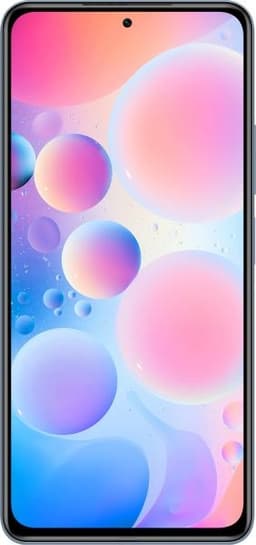- Archive
- Xiaomi Redmi Note 14 vs Xiaomi Redmi K40
Xiaomi Redmi Note 14vsXiaomi Redmi K40
We compare these two popular phones to help you decide which one fits your needs and budget better.

Quick Stats

Quick Stats
Note: Highlighted specifications show differences between the two devices.
| Metric | Xiaomi Redmi Note 14 | Xiaomi Redmi K40 |
|---|---|---|
| Connectivity | #448 | #293 Winner |
| Design | #506 | #496 Winner |
| Display | #398 | #209 Winner |
| Performance | #467 | #246 Winner |
| Battery | #394 Winner | #521 |
| Camera | #197 Winner | #336 |
Note: Lower rank number indicates a better position in category.
No significant specification differences found between these devices.
Xiaomi Redmi Note 14
Strengths
Weaknesses
No specific cons listed for this device
Xiaomi Redmi K40
Strengths
No specific pros listed for this device
Weaknesses
No specific cons listed for this device
Xiaomi Redmi Note 14
The Xiaomi Redmi Note 14 Pro Plus is the top model in this year's series, boasting some notable upgrades over its counterparts. However, whether these improvements justify its higher price remains to be seen. With a powerful chipset, fast charging, and advanced camera capabilities, this device seems promising. But how does it stack up against other smartphones in its class? Our review aims to explore the pros and cons of the Redmi Note 14 Pro Plus, helping you decide if it's worth considering. Let's dive into our detailed analysis.
Xiaomi Redmi K40
The Xiaomi Redmi K40 boasts an impressive design, refined compared to its predecessor, with a sleek gradient color scheme that catches the eye. Weighing 196 grams and measuring 7.8mm in thickness, it's an excellent package for its price. The phone features a flat E4 OLED screen with a 120Hz refresh rate, peak brightness of 1300 nits, and a 5:1 contrast ratio, resulting in outstanding performance and reduced power consumption. Under the hood lies the Qualcomm Snapdragon 870 chip, which provides robust performance and is well-balanced. In benchmark tests, the K40 achieves scores of 662211, 4092, and 1034/3485 in Antutu, 3DMark, and Geekbench 5 respectively, comparable to its predecessor. Camera-wise, the K40's main camera utilizes a 1/2" IMX 582 sensor without optical stabilization. In daylight conditions, it underexposes samples with poor dynamic range, but nighttime performance is more impressive, with better exposure control and reduced noise. Battery life is satisfactory, lasting over 6 hours on our test, and the phone charges to 69% in half an hour using a 33W charger, which can fully charge the battery in 54 minutes. Overall, the K40 offers great value for its price segment, excelling in performance, low heating, and excellent screen quality. In conclusion, if you're seeking a high-performance smartphone with a sophisticated design and reasonable camera capabilities, the Xiaomi Redmi K40 is an attractive choice. It's not without its flaws but provides a comfortable experience in its price range, especially considering the recent influx of new phones that may stiffen competition in coming months.
Need help choosing?
Read our detailed reviews to understand which device is better for your specific needs and budget.
Compare other phones
Explore comparisons between any other phones
Choose two different items to see a detailed comparison of their specifications, performance, and features